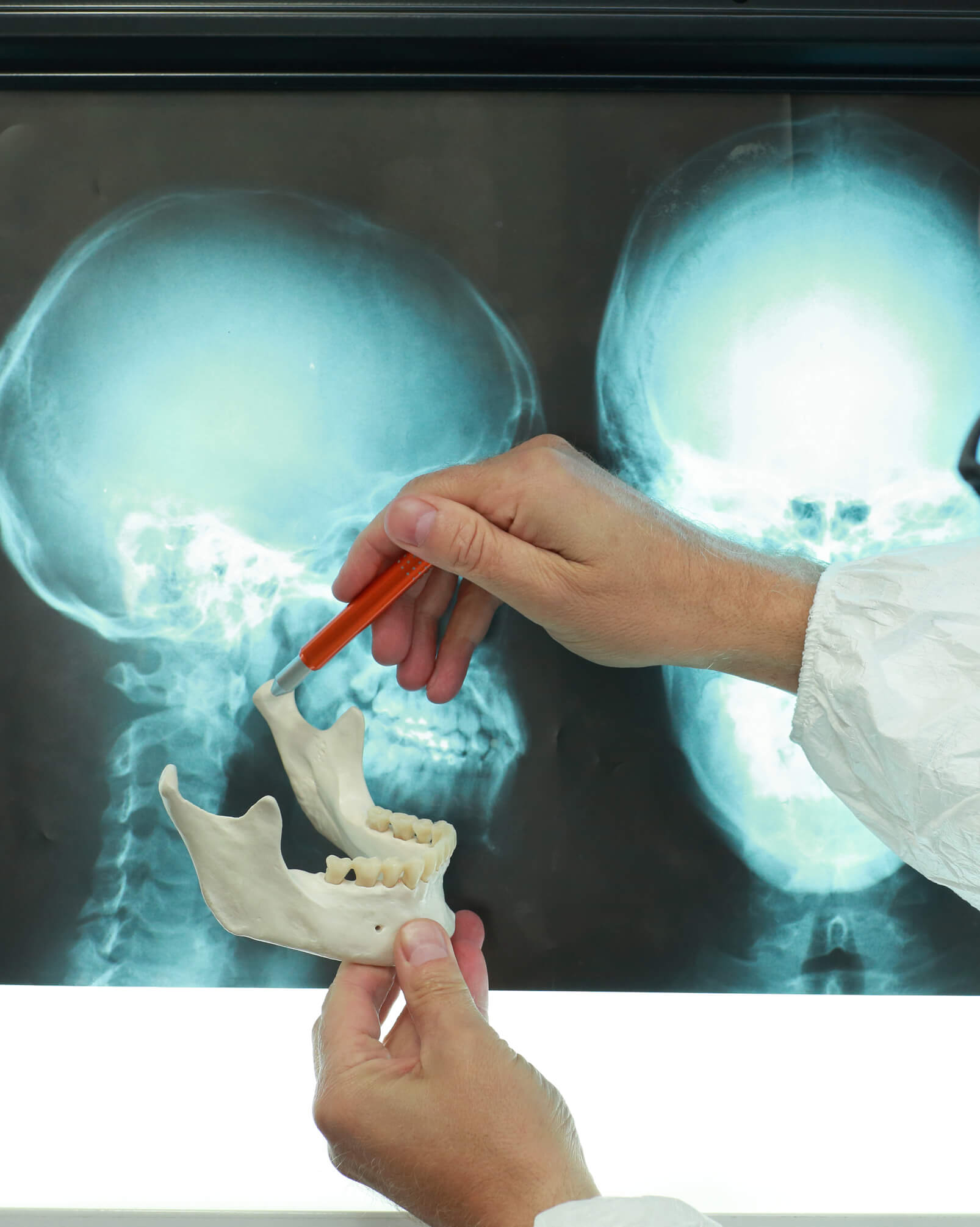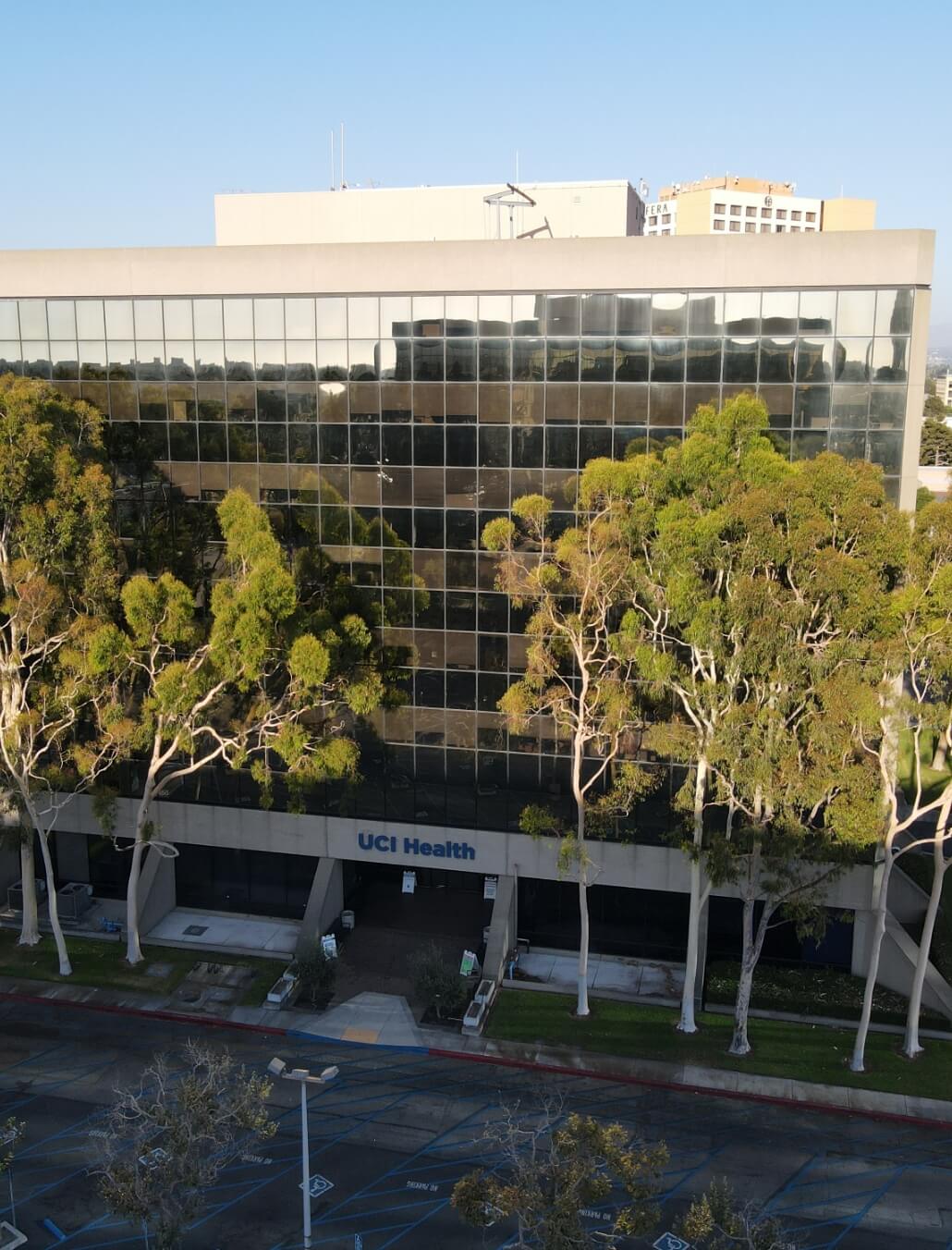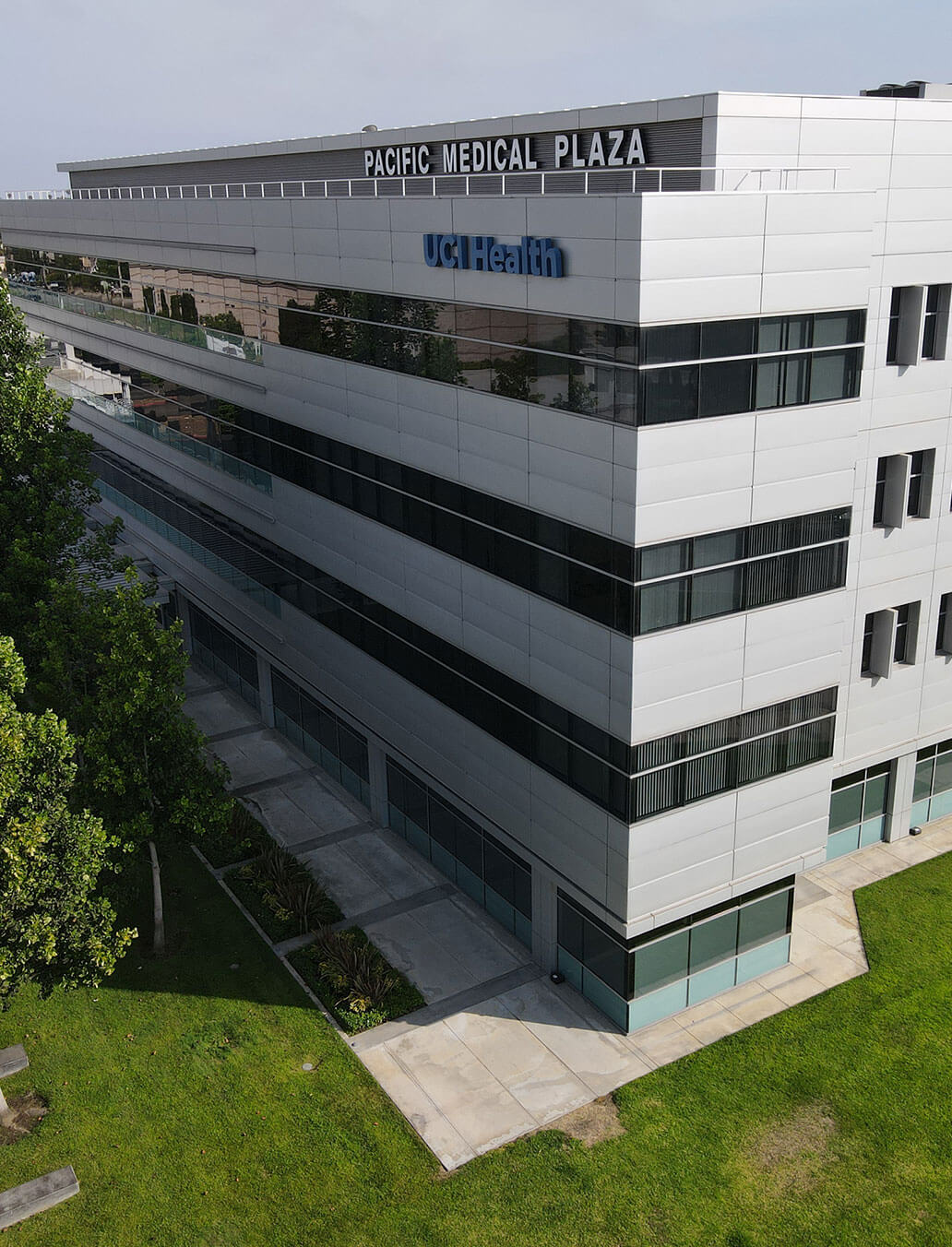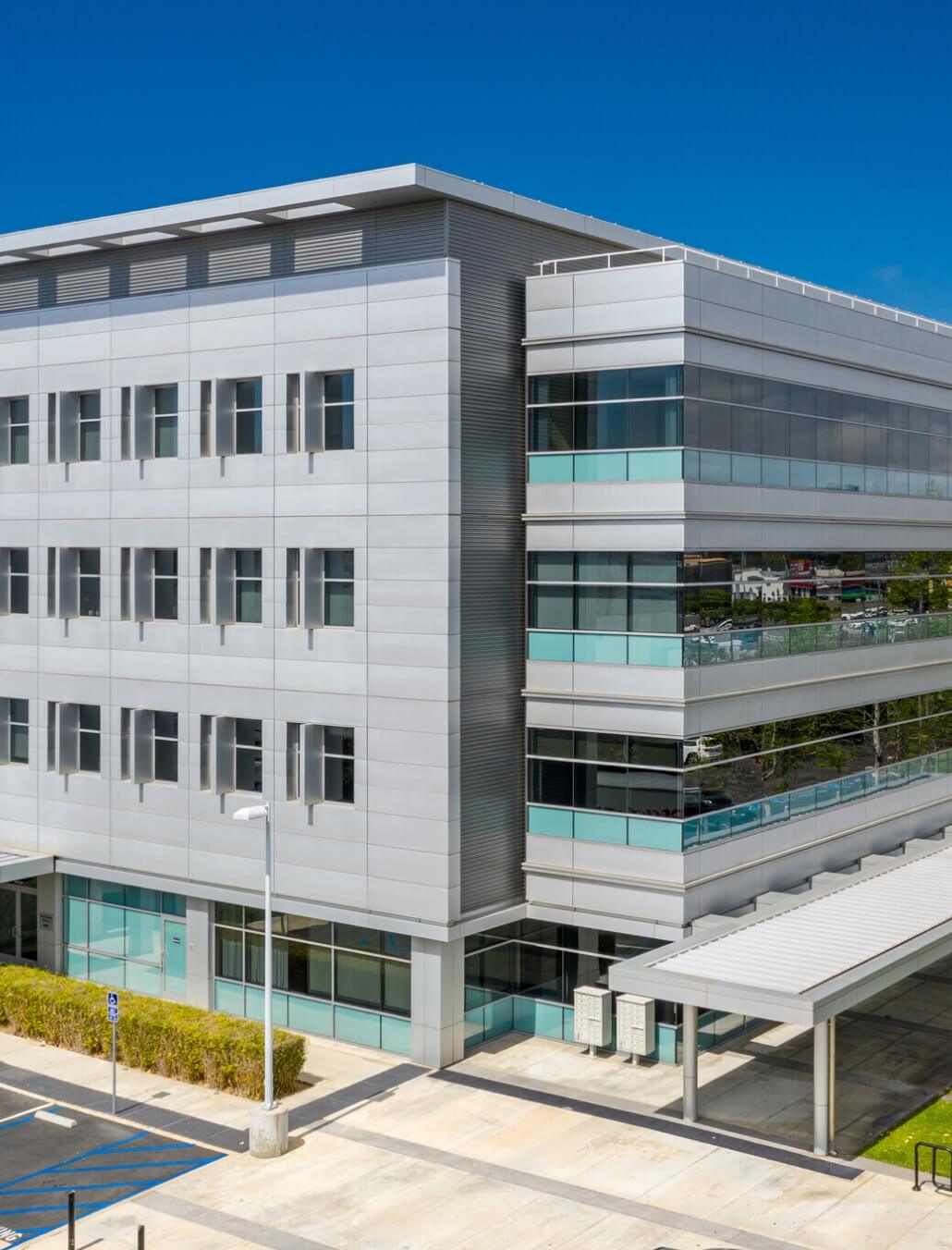Corrective jaw surgery, known medically as orthognathic surgery, corrects irregularities in the jawbones and misalignment of the jaws. Orthodontics can often address minor jaw misalignment. Corrective jaw surgery, often in combination with orthodontics, is necessary to correct significant jaw misalignment.
The improvements from the surgery can resolve eating difficulties, prevent future dental problems, and give the face a balanced and symmetrical appearance.
The doctors at UCI Plastic Surgery are leaders in the field of cosmetic and reconstructive surgery, with special expertise in treating children. Through their teaching and lecturing roles at UCI, they stay current with state-of-the-art techniques and technology. With their advanced technical skills, they consistently produce better, more natural-looking results for patients of all ages.
To learn more about corrective jaw surgery in Orange County, contact UCI Plastic Surgery to schedule a consultation at one of our three locations: in Orange, Costa Mesa, and Tustin, CA.
What Is Corrective Jaw Surgery?
Corrective jaw surgery, or orthognathic surgery, changes the position of the upper jaw (maxilla) and/or the lower jaw (mandible) in order to restore a functional occlusion or “bite.” Depending on the nature of a patient’s jaw misalignment, surgeons reposition, rotate, and expands one or more of the jawbones.
Although surgery corrects jaw malformations that are present early in childhood, we usually recommend waiting until after facial bones have matured before proceeding with surgery. This is typically around age 16 for girls and age 18 for boys. Jaw surgery also correct jaw disfigurement due to injury and cancer. By aligning the jaws, surgery resolves issues with eating, speech, and breathing while also restoring facial symmetry and harmony.
A craniofacial plastic surgeon will use 3D virtual surgical planning software to customize a surgical plan that balances the unique proportions of each individual’s face. This planning typically takes place in close collaboration with a child’s orthodontist and dentist and typically accompanies orthodontic treatment before and after surgery.


What Problems Can Jaw Surgery Correct?
We may recommend pursuing corrective jaw surgery if your child has misalignment between the upper and lower jaws. Jaw alignment problems we can address with corrective jaw surgery include the following.
- Overjet: The upper jaw projects beyond the lower jaw. This issue can occur when the lower jaw is underdeveloped or when the upper jaw is overdeveloped.
- Underjet: The lower jaw projects beyond the upper jaw. This phenomenon can occur when the upper jaw is underdeveloped or when the lower jaw is overdeveloped.
- Open bite: The upper and lower jaws angle outward, so the top and bottom teeth do not meet when the mouth is closed.
- Uneven or asymmetric jaws: One side of the jaw grows faster and is larger than the other, causing the face to have an asymmetric appearance. The chin may shift to one side.
Minor misalignments may not require surgery if orthodontics can solve the problem. Severe jaw misalignment requires surgery. In these cases of misalignment, the surgery can correct issues such as:
- Difficulty biting, chewing, or swallowing
- Unhealthy wear on the teeth
- Speech problems
- Difficulty breathing or sleeping
- Jaw pain
The surgery can also correct facial imbalance – including asymmetry, an overly small chin, or an underbite or overbite – to improve facial appearance and boost a child’s self-esteem and self-confidence.
What Planning and Preparation Take Place Before Jaw Surgery?
Corrective jaw surgery requires meticulous planning via 3D imaging and computer modeling to customize the approach to each patient’s unique facial anatomy. Surgeons almost always suggest waiting to have jaw surgery after the bones in a child’s face have stopped growing, between the ages of 15 and 18.
Because a pivotal outcome of successful jaw surgery is a healthy alignment of the teeth, the surgery requires collaboration between a plastic surgeon and the child’s orthodontist. The two doctors work together on a plan to combine changes to the jaw with changes to the projection and alignment of the teeth. Most children have orthodontic treatment for six to 18 months before the surgery, then additional orthodontic treatment for six to 18 months afterward. A dentist can reshape teeth or cover them with crowns. This combined treatment is all part of the coordinated plan for correction.
Start Your Journey Today!
UCI Plastic Surgery is a leader in the field of cosmetic surgery. Each of our specialists is highly knowledgeable, trained, and committed to bringing our patients the latest advancements in the field. Learn how our experts can help you obtain industry-leading results by scheduling a consultation today.
Schedule A Consultation
What Does Performing Jaw Surgery Entail?
Jaw surgery takes place in a hospital with the patient under general anesthesia and usually requires a one or two-day inpatient stay.
Surgeons use various approaches for different jaw procedures, depending on the desired correction. Making incisions inside the mouth to access the upper and lower jawbones ensures the resulting scars are not visible. The surgeon repositions and realigns the bones and fixes them in the new position with small plates and screws.
Jaw surgery can move an underdeveloped jaw forward and rotate it in three dimensions to restore occlusion, open the airway, and optimize smiling.
If a surgeon needs to lengthen or extend an underdeveloped jaw, they use a surgical technique called distraction osteogenesis. First, they cut the bone and separate it slightly, holding the two sections in place with a device called a distractor. The distractor will gradually extend the separation between the bone sections over the next few weeks as new bone grows to fill the gap. Once the bone reaches the desired length, the surgeon removes the distractor and allows the jawbone to heal. Distraction on young children and babies involves small incisions in the skin, not only inside the mouth.
Another technique to extend or lengthen the upper or lower jawbone is to transfer bone from the patient’s hip, leg, or ribs, and fix it in place with plates and screws.
What to Expect in Recovery
Patients undergoing jaw surgery begin their recovery in the hospital, where they typically spend one or two nights while the medical team monitors swelling and pain. An acrylic splint and orthodontic rubber bands hold the jaw in its corrected position during healing.
When your child is well enough to go home, the staff at UCI Plastic Surgery will provide specific instructions for recovery, including guidance on eating, oral hygiene, and how to manage pain. Your child should eat only soft foods at first — meals and snacks that do not require vigorous chewing, such as yogurt, ground meat, eggs, bananas, canned peaches or pears, oatmeal, soft pasta, and hearty soups.
You can expect some swelling and bruising at first, which will gradually disappear over the next two to four weeks. Patients should refrain from strenuous activity for the first two weeks, gradually building up to their normal level of exercise and activity by about six weeks after surgery.
Most patients return to school or work in one to four weeks.
Your doctor will schedule follow-up appointments to track your child’s progress in healing and will be available to respond to your questions.
Frequently Asked Questions About Corrective Jaw Surgery
Does insurance cover jaw surgery?
Your health insurance may cover corrective jaw surgery when it is medically necessary. That might be the case if the misaligned jaws cause problems with breathing, feeding, or speech, or if jaw proportions and angles are grossly abnormal from communal norms. Elective surgeries performed solely to improve facial appearance are cosmetic and typically not covered by insurance. In your consultation, your doctor at UCI Plastic Surgery can discuss insurance, costs, and payment options.
What are the risks of corrective jaw surgery?
As with any surgery, jaw surgery patients run the risk of infection and excessive bleeding, and possible complications from anesthesia. Additional risks specific to corrective jaw surgery include nerve damage, relapse of the jaw to its original position, loss of a portion of the jaw, and the need for additional surgery.
Learn More About Jaw Surgery in Orange County
Contact UCI Plastic Surgery today to schedule a consultation and find out how corrective jaw surgery can benefit your child. We’ll answer your questions and explain the surgical approach we recommend, based on your or your child’s unique needs. We have three Orange County offices: in Orange, Costa Mesa, and Tustin, CA.



